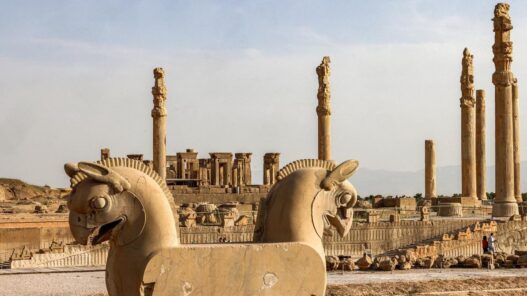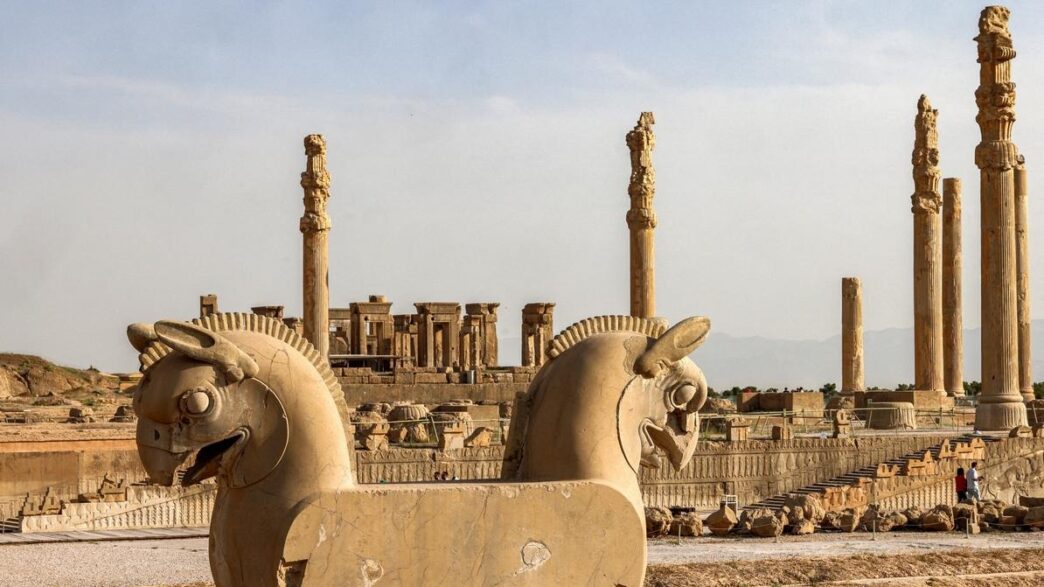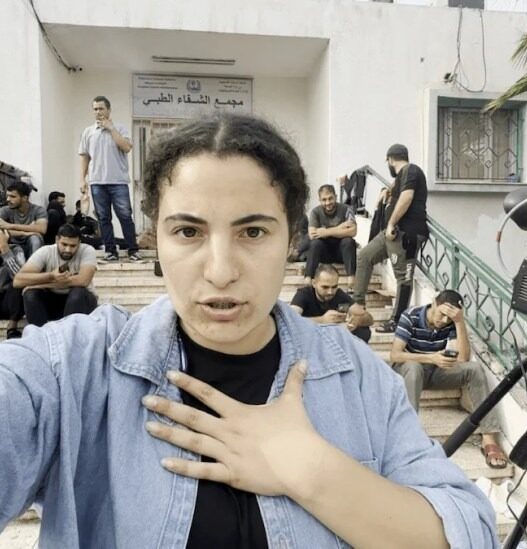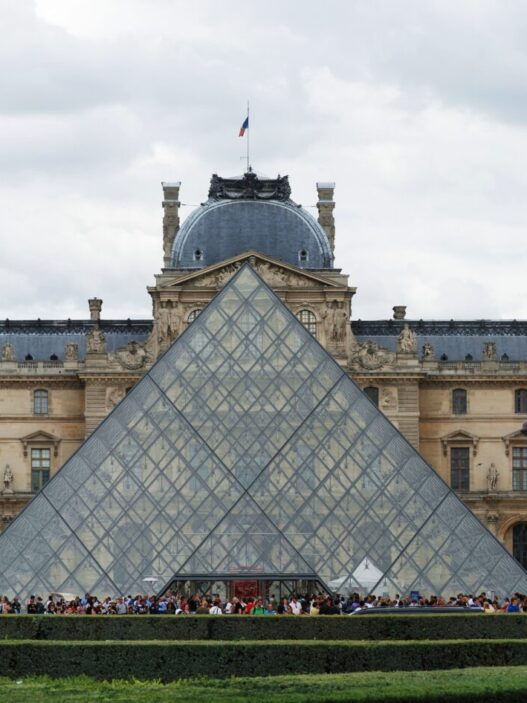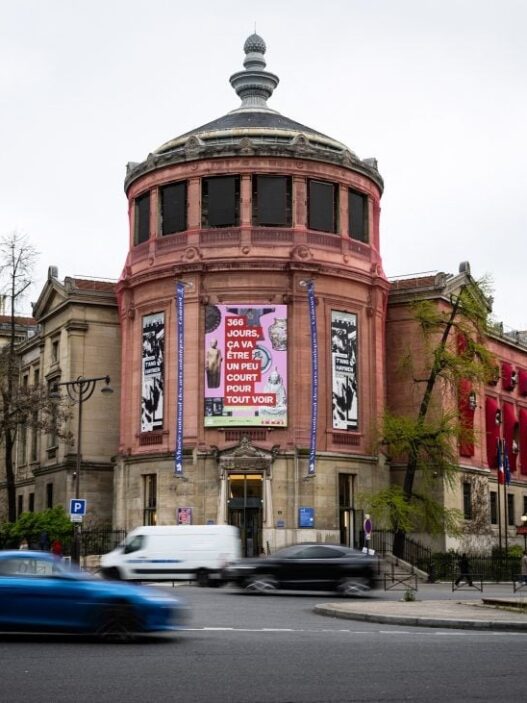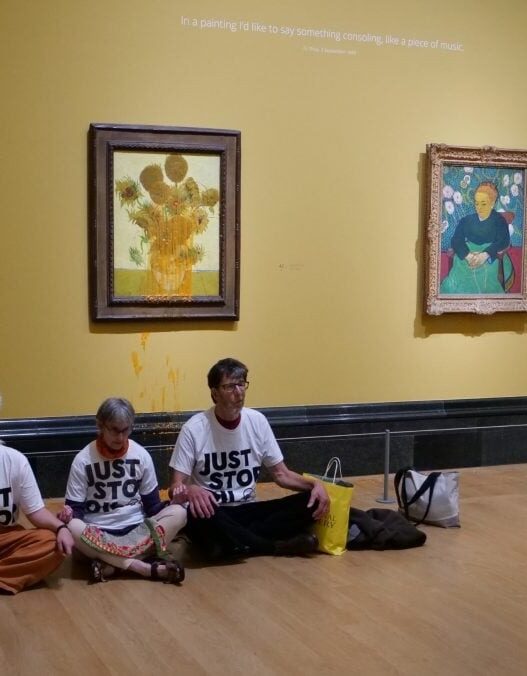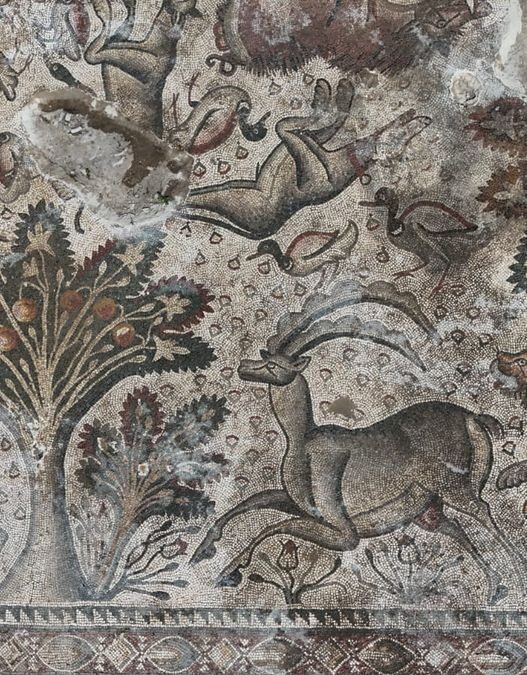The ancient site of Persepolis, Iran’s iconic archaeological marvel, faces an urgent threat as lichens erode its historic stone reliefs. Dating back to the Achaemenid dynasty, Persepolis suffers from damage caused by lichens, organisms that slowly degrade the stonework. Experts are battling these fungi with advanced methods like lasers and chemical treatments to preserve this UNESCO World Heritage site. Public concern has grown after officials acknowledged the lack of resources for its upkeep. Preserving Persepolis has become a national priority, with millions of visitors flocking annually.
Preserving a Cultural Legacy
Persepolis, built in the 6th century BCE under Darius I, once served as the ceremonial capital of the Achaemenid Empire. Located in the rugged desert of central Iran, the site is considered a “museum in the open air,” showcasing some of the finest ancient Persian art. The sprawling site covers 125,000 square meters and includes statues, pillars, and intricate bas-reliefs depicting ancient rulers, deities, and diverse people of the region.
The most pressing threat to this cultural treasure comes from lichens, a symbiotic organism composed of fungi and algae that grow on the ancient stones. These lichens not only discolor the stone surfaces but also penetrate deep into the material, damaging both the surface and the internal structure of the reliefs. Without intervention, these organisms can reduce centuries-old sculptures to dust within decades.
A Scientific Approach to Conservation
Led by site supervisor Shahram Rahbar, the team has been researching and testing different methods to address the lichen problem. Using both lasers and specially designed chemical solutions, they have found effective, though labor-intensive, treatments. “The substance weakens the lichens like an antibiotic, and once they’re weakened, we can remove them with suction devices,” Rahbar explains. The team has been cautiously optimistic about the treatments, but the scale of the challenge remains enormous.
According to lichologist Mohammad Sohrabi, over 500 species of lichens are currently damaging historical monuments across Iran, including the ancient city of Persepolis. The spread of lichens has accelerated due to industrial development, which releases nitrogen compounds into the atmosphere that act as fertilizers for the organisms.
A Growing National Concern
Recent media reports on the condition of Persepolis have sparked widespread concern throughout Iran. The news comes after the Vice-Minister of Cultural Heritage, Ali Darabi, admitted that the government lacks sufficient resources to properly maintain the country’s many historical sites, including Persepolis. The public outcry has prompted calls for immediate action to protect this critical piece of Iranian history.
For many Iranians, Persepolis is more than just a historical site; it’s a symbol of national identity and pride. “It reminds us that our ancestors built a great civilization,” says Mohsen, a 41-year-old electrician from Ghazvin. During the Persian New Year holidays, nearly 140,000 people visited the site, highlighting its continued importance to both locals and tourists.
The Urgent Need for Resources
As one of Iran’s most visited tourist destinations, Persepolis not only represents cultural heritage but also a source of economic opportunity through tourism. Yet the lack of funds for its upkeep puts its future at risk. If sufficient measures are not taken soon, the site could face irreparable damage.
Saving Persepolis from further deterioration requires both public support and increased government funding. As the director of the site, Alireza Asgari Chaverdi, notes, Persepolis is not just a relic of the past; it’s the foundation of Iranian history, culture, and social identity. Urgent action is needed to ensure future generations can continue to appreciate this irreplaceable treasure.









